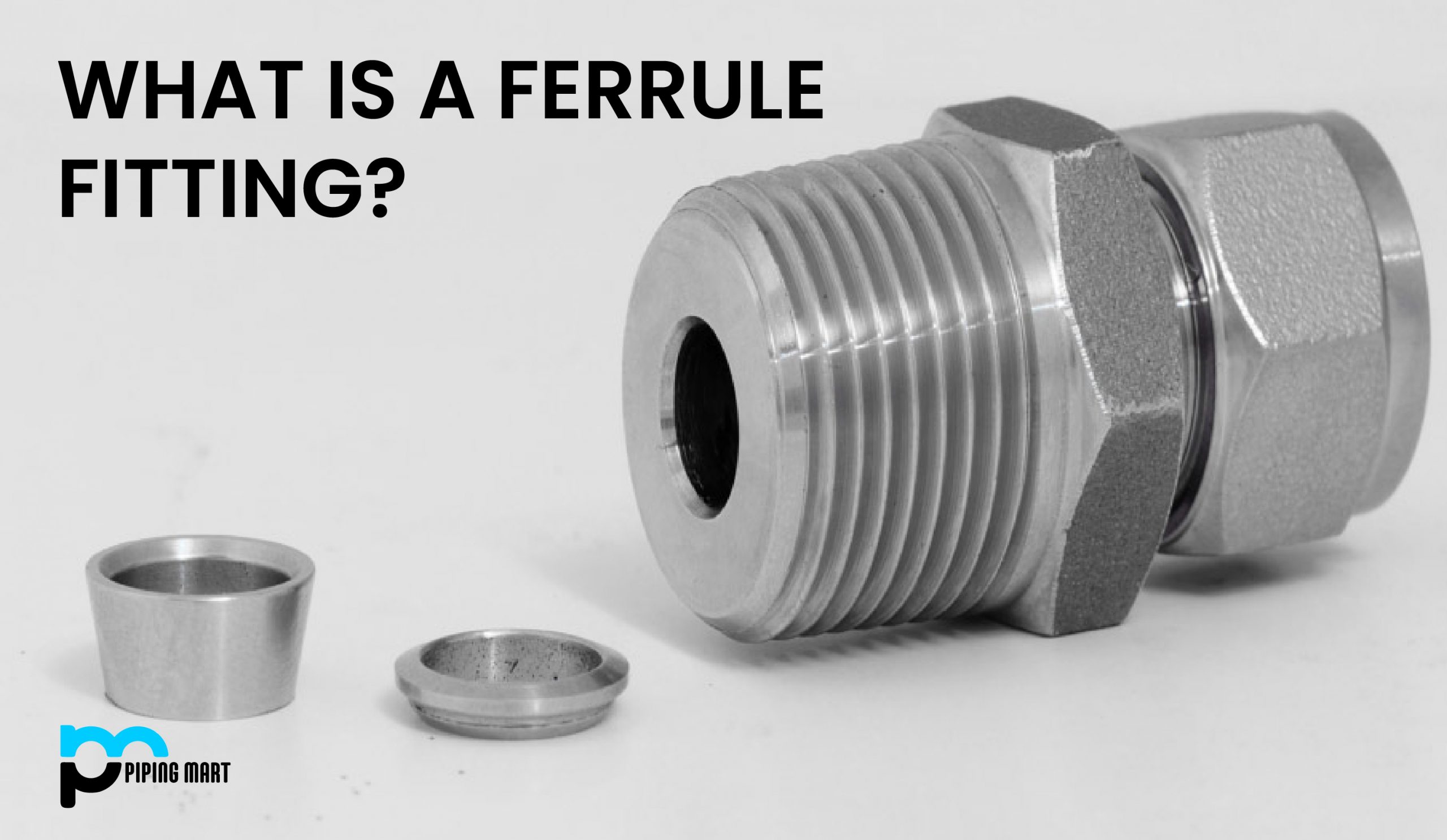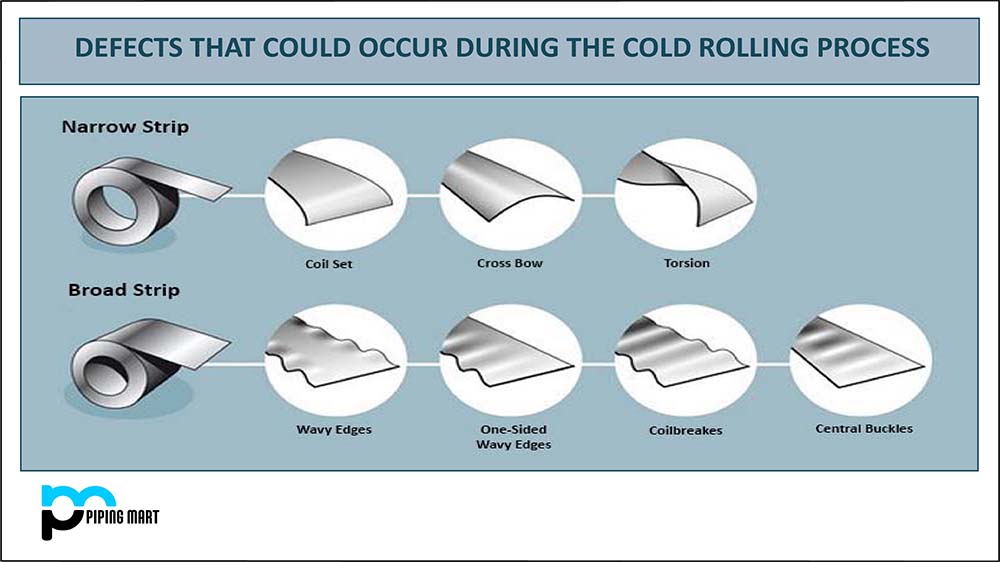Butterfly valves are one of the most widely used valves in industrial settings. They are capable of quickly regulating flow with a quarter turn, making them an ideal choice for many applications. But what are butterfly valves exactly? How do they work? And what are their various uses? Let’s find out.
How Butterfly Valves Work
Butterfly valves consist of three primary components: The disc, the stem, and the body. The disc is connected to the stem and is located within the valve’s body. When the valve is in its closed position, the disc completely blocks off flow through it. When you open it by turning the stem, the disc rotates about 45 degrees along its axis and uncovers a hole in its centre, allowing flow through it. This design allows for very quick opening and closing times compared to other types of valves.
Butterfly valves come in two basic types—single-eccentric and double-eccentric—depending on how they are designed to rotate within the valve’s body when they open or close. Single eccentric butterfly valves feature a single offset between the inner wall of their bodies and their discs, while double eccentric butterfly valves have two offsets that allow for better control over their opening speed as well as less wear on their seals over time.
Butterfly valves Properties
- Butterfly valves have a disk-shaped closure element that is attached to a rod.
- The disk rotates around the rod, which allows the valve to open and close.
- Butterfly valves are used in a variety of applications, including regulating flow in pipes and controlling pressure in pumps.
- Butterfly valves are available in a variety of materials, including metal, plastic, and rubber.
- Butterfly valves are available in a variety of sizes, from small valves that are used in household plumbing to large valves that are used in industrial applications.
Butterfly valves Uses
Butterfly valves can be used in a variety of applications ranging from chemical plants to water treatment facilities. They are highly resistant to corrosion thanks to their stainless steel construction and can be used to regulate both temperature and pressure within pipes or vessels thanks to their excellent sealing capabilities. Furthermore, because of their lightweight and compact design, butterfly valves are also relatively easy to install compared to other types of valves.
- Butterfly valves are used in a variety of industries for regulating flow.
- Butterfly valves are often used in piping systems to control the flow of liquids and gases.
- Butterfly valves can also be used in HVAC systems to regulate airflow.
- Butterfly valves are also used in irrigation systems to control the flow of water.
- Butterfly valves can also be used in fire sprinkler systems to control the flow of water.
Conclusion:
In summary, butterfly valves have become one of the most popular types of industrial control valves due to their quick response time, robust construction, and excellent sealing capabilities. They can be used in a wide range of applications, from simple water systems to complex chemical processing tasks where precise control is paramount. If you’re looking for an efficient way to regulate flow or pressure within your system, then butterfly valves should definitely be at the top of your list!

A passionate metal industry expert and blogger. With over 5 years of experience in the field, Palak brings a wealth of knowledge and insight to her writing. Whether discussing the latest trends in the metal industry or sharing tips, she is dedicated to helping others succeed in the metal industry.




